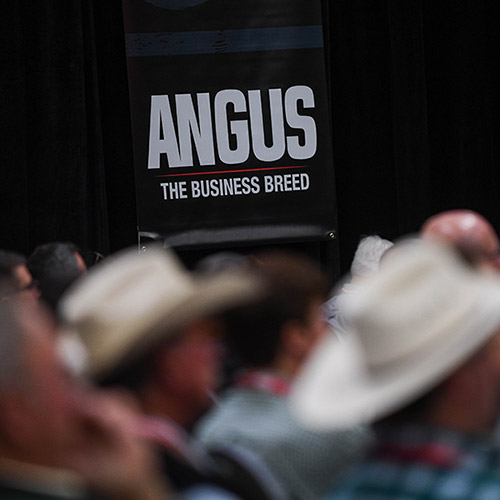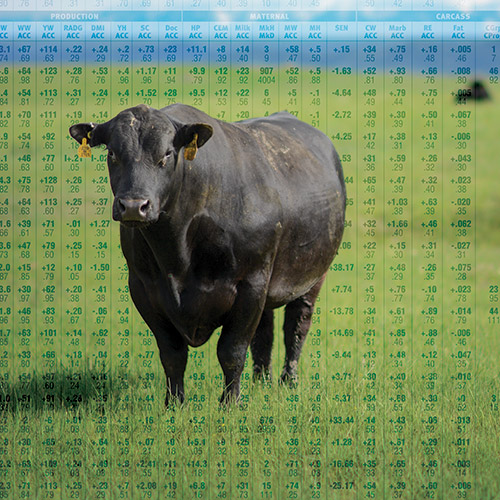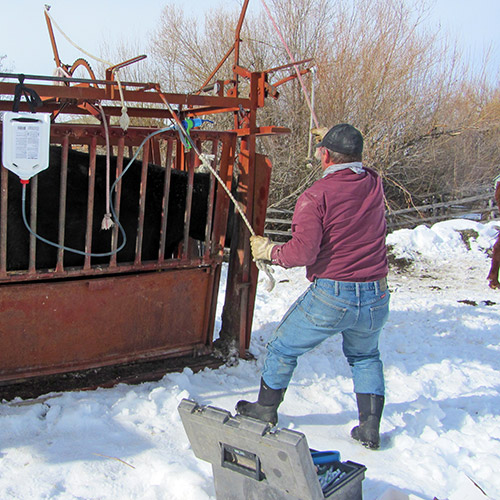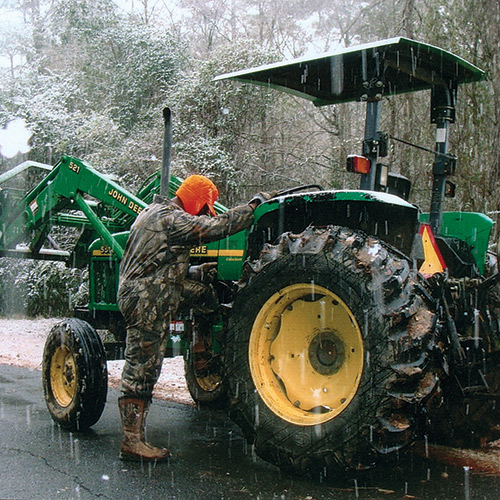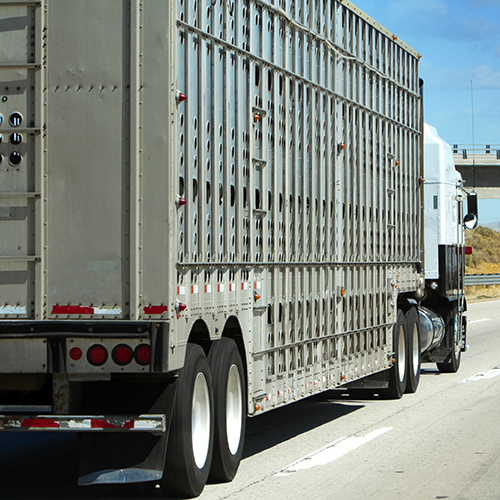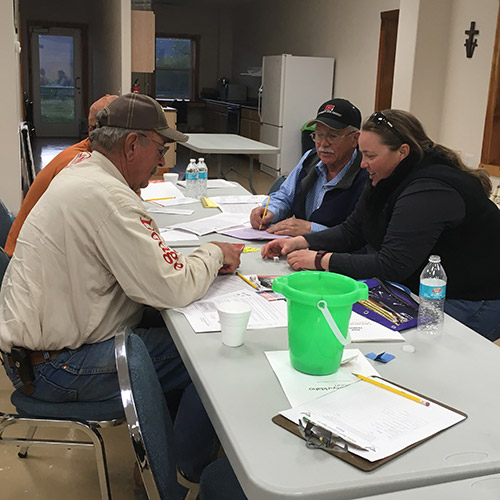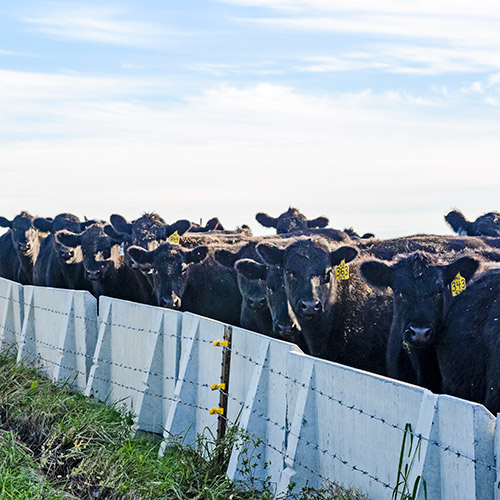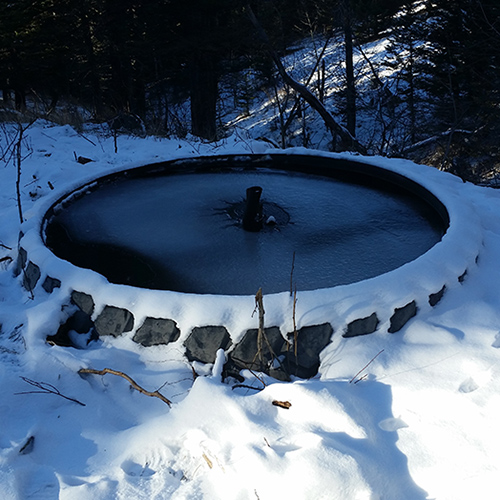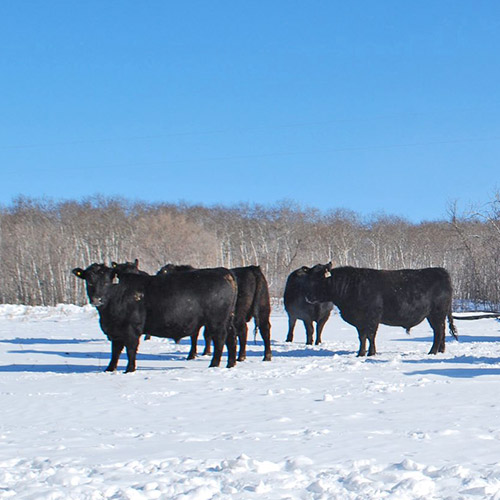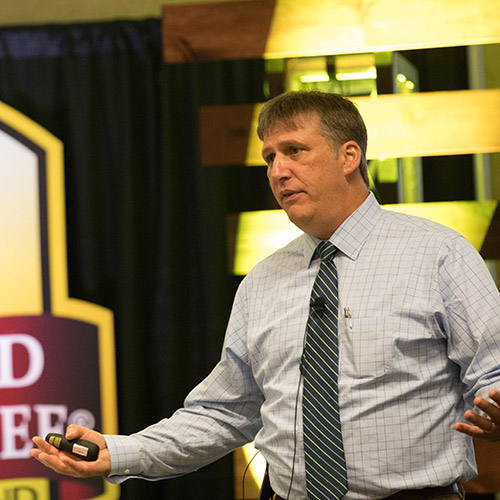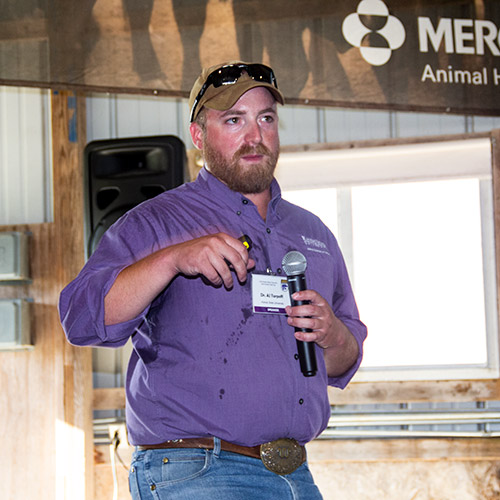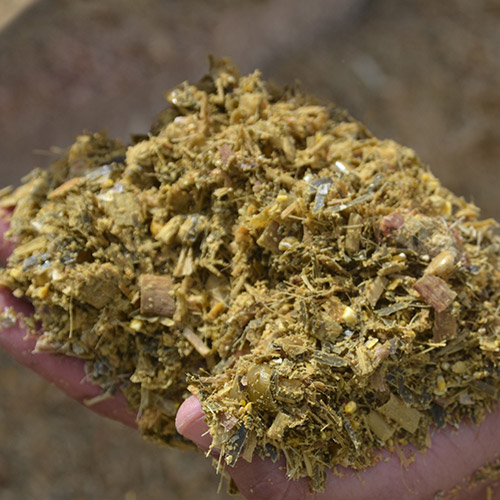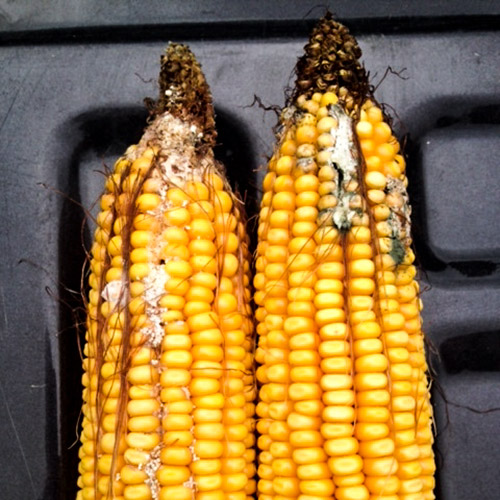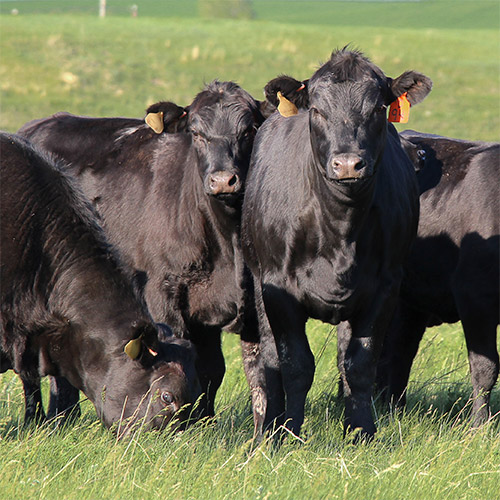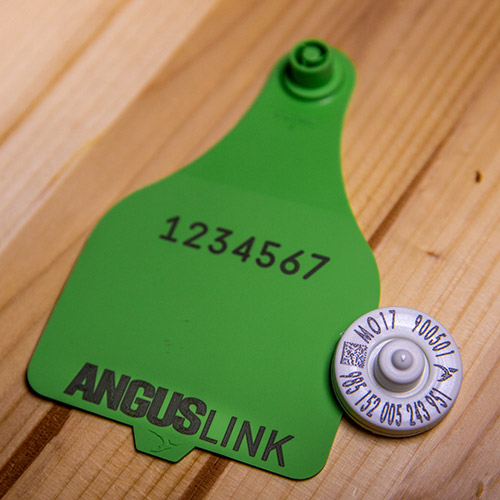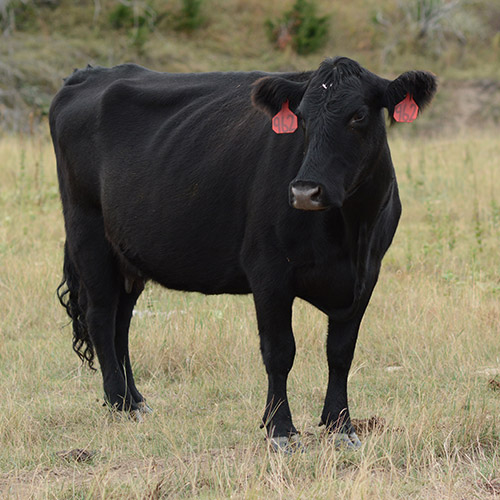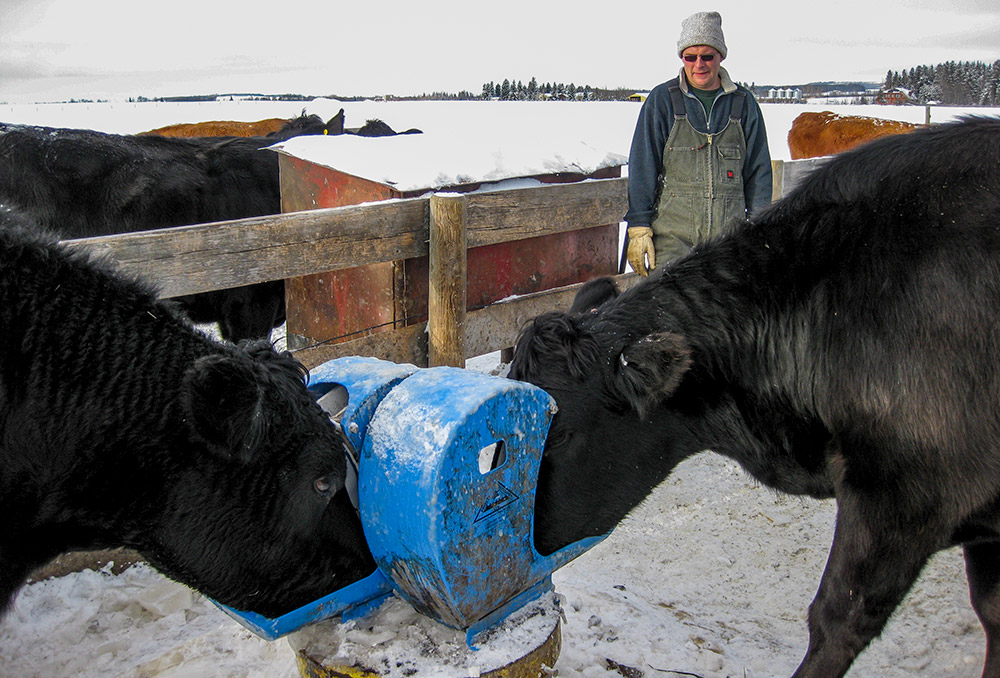
Frostfree Nose Pump Winter Stock Water
Nose pump provides water in cold weather with no electricity.
Cold weather can create challenges in pastures where there’s no electricity for pumping water or heating a stock tank.
Jim Anderson, a rancher near Rimbey, Alta., Canada, solved winter water problems by creating a system in which cattle themselves pump water that won’t freeze. He uses a piston pump, like the old-fashioned well in which a person works a handle up and down to lift water.
He modified it so cattle could push a lever with their nose to operate the piston pump. This raises and lowers the piston in the cylinder, the same as a handle used to do, he explains.
“Like a hand pump, there’s a 3-inch cylinder down the well. We capture enough geothermal heat from the ground, and contain it all the way to the surface to keep water from freezing,” he says.
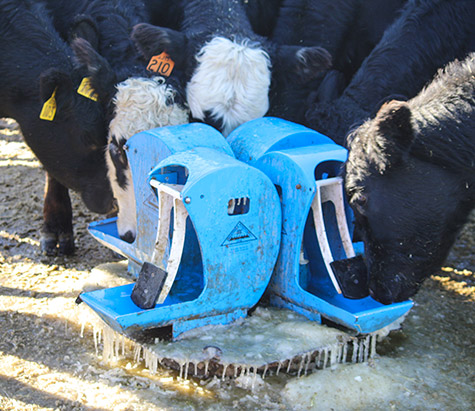 |
In this installation, four pumps are used on one well. |
The waterer is a small basin atop a vertical culvert, with a lever to be pushed by the cow’s nose. The culvert has 2 feet (ft.) aboveground, and the rest goes down to whatever depth necessary to make use of groundwater or the bottom of a pond or dugout nearby. The water from a pond is piped underground to the bottom of the culvert. A buried collection tank from a spring also works. A regular well can be used, as long as water level comes up within 50 ft., preferably 30 ft. or less, from the surface.
“Typical installation is a road culvert at least 24-inch diameter, set in the ground at least 20 feet. Factors that determine how much geothermal heat you gain is how deep you go, and how big (diameter) the pipe you take to that depth,” Anderson explains. “The bigger the pipe, the more opportunity for heat to rise to keep the water pipe in the center warm enough.”
Anderson has been watering his cows with a nose pump for 20 years.
“It takes cows a few days to figure out they have to take turns,” he says. “To train cows, it works best to use a small group at first — 15 to 30 cows — since a large group won’t learn fast enough and some go thirsty too long.”
After a small group learns, add new cows gradually and they’ll learn from the others.
The water pipe coming up the well requires a small drain hole (5 ft. down) so the upper part of the pipe is empty unless a cow is drinking. After the cow has pumped water and quits drinking, the water drains down to this depth and won’t freeze. Water in the drinking trough itself does not drain back so there is no contamination of the water source and there is very little left to freeze.
The first cow in line gets water on the fourth stroke of the lever, and since it takes two-and-a-half minutes for the water to sink down to the level of the drain hole, another cow drinking during that time only needs to push the lever once to get more water.
The drinking area is slightly slanted toward the back, so the animal sips the last of the water from the back. She learns to press and bunt with her nose on the horizontal bar located there. As she drinks the last of the water, she’s shoving her nose against it. When she pushes the pendulum with her nose, it swings in an arc and brings in a half liter of water. If she wants more, she has to release it and push it again.
The advantage for cold weather is that this pump is extremely simple, with little chance for breakdown. There are no electronic components to add cost or risk malfunction.
“The fail point in most water systems is an electronic component. There is only one moving part in this pump, the piston that goes up and down in the cylinder. In subzero weather you need it simple — less things to go wrong or freeze up,” Anderson says.
In very cold weather nose pumps should be checked, and ice removed if it builds up on the sides of the hood that inhibits movement of the lever. Removing this involves one hit with a rubber hammer.
People who use nose pumps often have ponds or dugouts for water storage. Traditionally they chopped holes every day, with risk of losing cows that walk on ice and fall through. A nose pump eliminates cows falling through the ice or becoming dehydrated because they aren’t brave enough to walk out to the chopped hole.
For more information on the Frostfree Nosepump™ water system, visit https://www.frostfreenosepumps.com/.
Editor’s note: Heather Smith Thomas is a cattlewoman and freelance writer from Salmon, Idaho.
